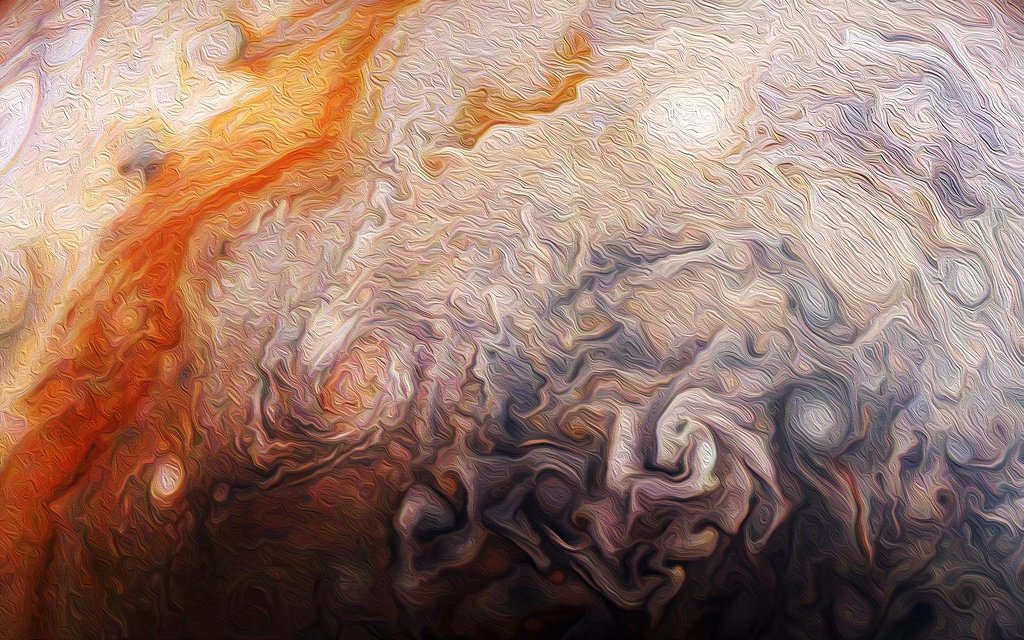On a mission to detect planets outside of our solar system, NASA’s Transiting Exoplanet Survey Satellite (TESS) is scheduled to launch no earlier than 6:32 p.m. EDT Monday, April 16. Prelaunch mission coverage will begin on NASA Television and the agency’s website Sunday, April 15, with three live briefings.
from NASA https://ift.tt/2v605Ld
via IFTTT![]()







